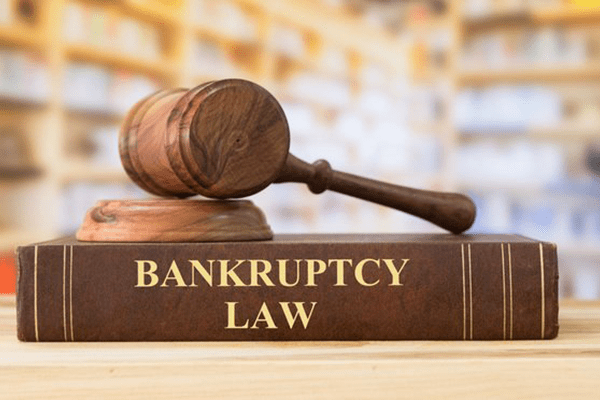Subchapter 5 Bankruptcy Law Streamlines Process For Small Businesses
By Scott Ugell
A new bankruptcy law may be a harbor for small ships in this tumultuous storm.
On Feb. 19, 2020, a new law went into effect known as SBRA, or the Small Business Reorganization Act of 2019, also known as “Subchapter 5”. The new Bankruptcy Code will provide for a more compact and easier version of Chapter 11 Reorganizations for small business corporate and individual debtors.
The new statute has important implications for businesses. SBRA is aimed at simplifying the bankruptcy process for small businesses by increasing efficiency, lowering costs, and easing the plan confirmation process. It could mean the difference between weathering the storm or having to close one’s doors and liquidate one’s assets. This statute was a great idea before the economic tsunami we are experiencing but now it is a real blessing.
 The legislation was designed to address several concerns that are part of the existing Chapter 11 procedural requirements. Chapter 11 had a high ratio of loss of ownership, a high cost of filing, the protracted time it took to do so, the crippling procedural and reporting burdens, the creditor committee counsel/advisory costs, the tactical fighting that took place driven by Section 11229 (a) (10).
The legislation was designed to address several concerns that are part of the existing Chapter 11 procedural requirements. Chapter 11 had a high ratio of loss of ownership, a high cost of filing, the protracted time it took to do so, the crippling procedural and reporting burdens, the creditor committee counsel/advisory costs, the tactical fighting that took place driven by Section 11229 (a) (10).
This statute, Chapter 5 is designed to ease some of the burdens that certain mechanical processes in the typical Chapter 11 reorganization require of an entity filing a petition for relief under the United States Bankruptcy Code.
In the past, Chapter 11 had a low percentage of success and filers were often forced to convert their Chapter 11 petition to a Chapter 7 liquidation plan. The SBRA statute is tailored for the small business debtor who must be a person or entity engaged in commercial or business activity with aggregate non-contingent liquidated secured and unsecured debts of $2,725,625.00 or less, excluding debt owed to affiliates or insiders. Specifically excluded from this potential use of this statute is the single asset real estate entity.
One of the important differences between a Chapter 11 and a Chapter 5 is that a Chapter 5 has no creditor committee. In a Chapter 11, a creditor committee can be a serious obstruction to having a plan approved. In fact, in a Chapter 11, a single creditor can stop such a plan from being approved. In a Subchapter 5 by contrast, there is no absolute priority rule. Furthermore, other than the initial filing fee, fees are essentially eliminated, making the process much less expensive to the petitioner.
In a Subchapter 5, if the creditors can’t agree on the petitioner’s proposed plan, an application can be made to the Bankruptcy Court Judge to order the plan approved, sometimes referred to as a “cram down”. The success of such a proposed plan need only be more attractive to the unsecured creditors than would a conversion to a Chapter 7 liquidation plan, which often is not a very difficult threshold to meet.
To file under a Subchapter 5, the entity will require the business’ most recent balance sheet, statement of operations, cash flow statement, a federal income tax return (or a sworn statement that such a document does not exist). The drawback to the Subchapter 5, if there is one at all, (and I personally don’t believe there is), is that the process is much more advanced. The plan must be submitted for approval with 90 days, so in Chapter 5 filings, much more of the detailed work would have to be completed between the client/petitioner and their attorney, much in the same way people that have heard the expression “pre-planned bankruptcy” . That is an expression that received much attention when the auto industry almost collapsed in 2008, and then former Gov.
Scott B. Ugell is an attorney at the Ugell law firm, P.C. in New City, NY. 845-639-7011 x101






